Mayfield classification of carpal instability, also known as perilunate instability classification (carpal dislocations), describes carpal ligament injuries as related to perilunate injuries.
On this page:
Images:
Usage
The Mayfield classification is commonly used (c. 2012) for staging perilunate injuries 4. The Mayo classification is also used to more broadly classify carpal instability 5.
Classification
Mayfield et al. divided perilunate instability into four stages 1-2:
-
stage I: scapholunate dissociation (rotatory subluxation of the scaphoid)
disruption of the scapholunate ligament with resultant Terry Thomas sign
exacerbated on clenched-fist views
-
stage II: perilunate dislocation
the lunate remains normally aligned with the distal radius, and the remaining carpal bones are dislocated (almost always dorsally)
the capitolunate joint is disrupted, and the lunate projects through the space of Poirier
60% are associated with scaphoid fractures
-
stage III: midcarpal dislocation
lunotriquetral interosseous ligament disruption or triquetral fracture
neither the capitate or the lunate is aligned with the distal radius
-
stage IV: lunate dislocation
dorsal radiolunate ligament injury
dislocation of the lunate in a palmar direction
tipped teacup appearance
History and etymology
This classification was described by Mayfield et al. in 1980 1.


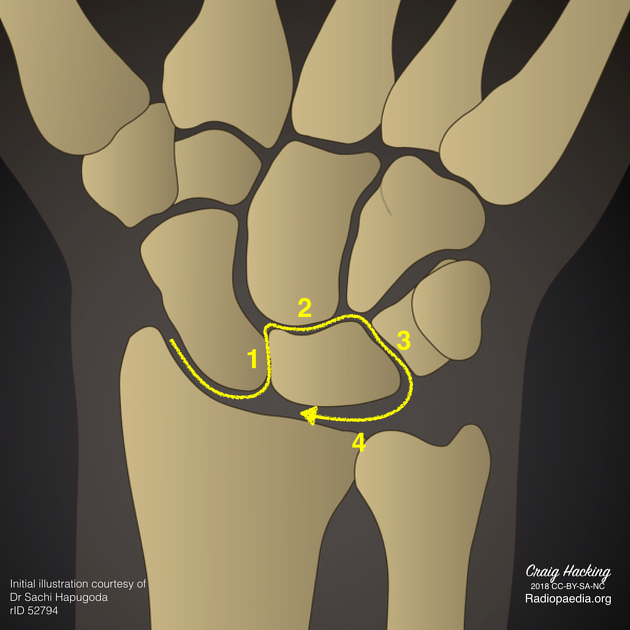

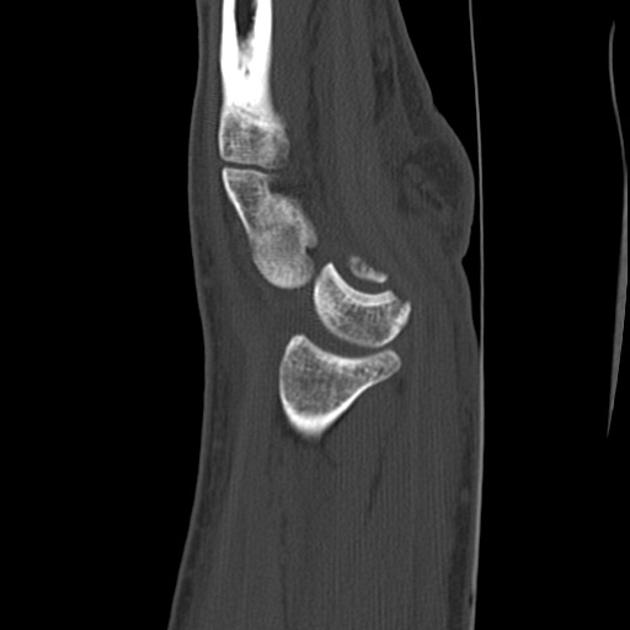
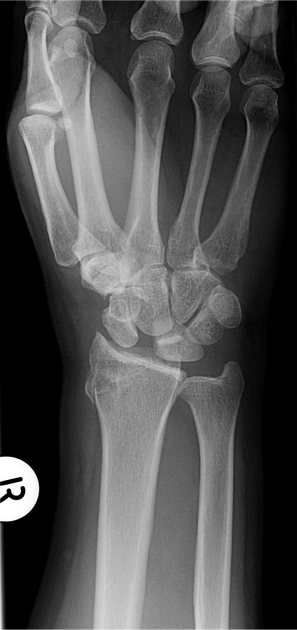
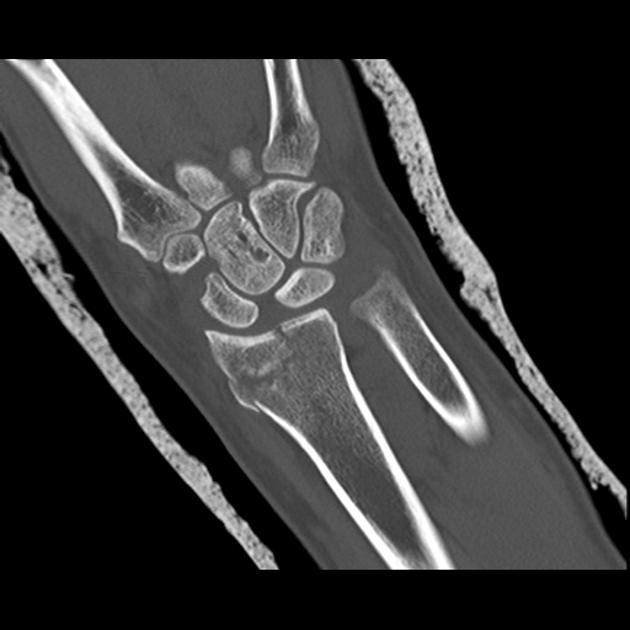

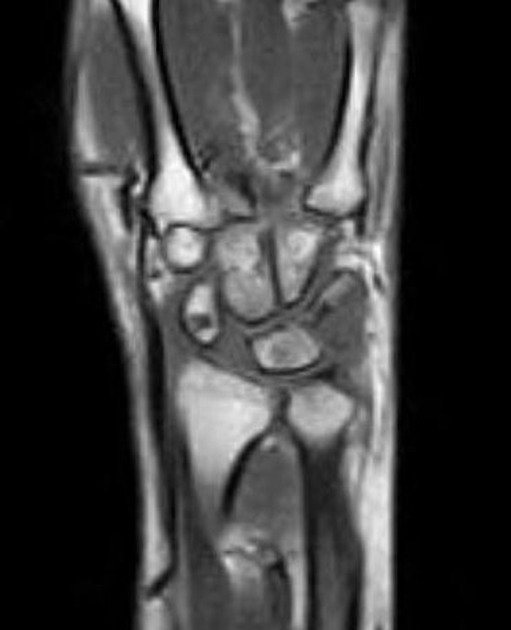
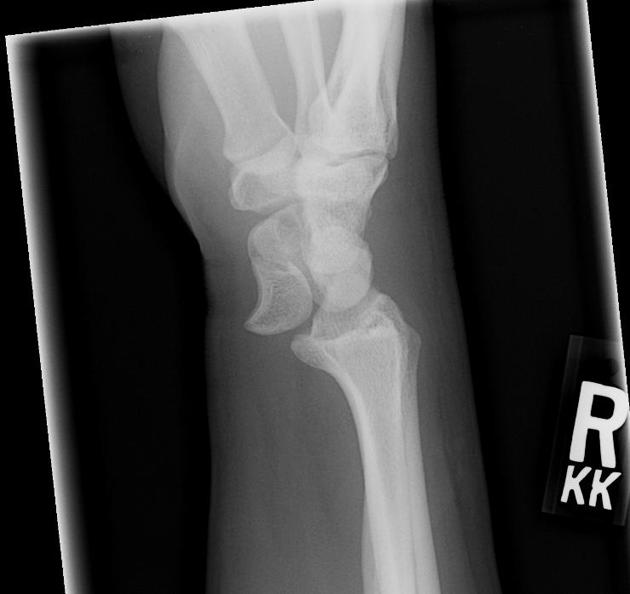
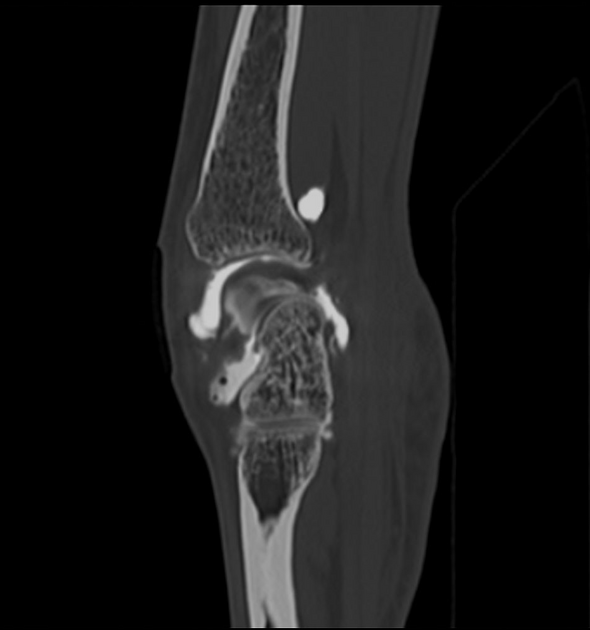


 Unable to process the form. Check for errors and try again.
Unable to process the form. Check for errors and try again.